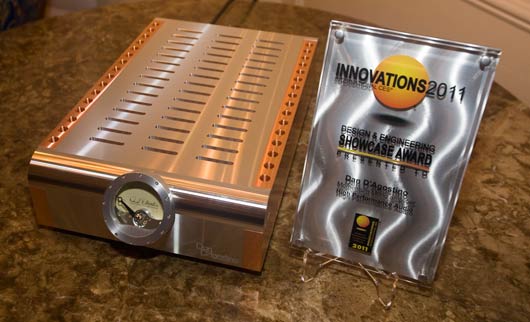We posted this cautionary blurb, the Gell-Mann Amnesia Effect, about how people should perhaps scrutinize what they read a little more carefully. That, essentially, a person or publication having a history of known erroneous reports, that a reader knows for a fact are in error, should really cause the reader to discount much of the other reports by that person or publication.
But the reverse is also true to some degree.
I was watching a talk on how the Venture Capital marketplace is being revolutionized, and realized that several of the bold statements he was making I knew to be true. This allowed me to raise the estimation I had that other statements he made, that I had no firm personal knowledge of, might also be true. [yes, of course this can, and is, abused all of the time by salespeople – but still, it is better than them saying things you know to be flat out wrong]
Similarly, with Mike Fremer and JV, they have made several bold [and not so bold] statements over the years that I knew to be true, and this raised, and continues to raise, my estimation that what they say [still, with very large grains of salt] about things I have not yet heard might also be true. In fact, one builds a mental model of people in general [including their motivations, which can be sticky :-)], ending up with a weighted probability that anything they say in a very narrow qualitative region may be true or not for oneself as well. This is diametrically opposed to many, many of the other reviewers who say things I know to be false, or say things that are completely nonsensical, or even more often, information-free [i.e. they are not really saying anything at all, when you get right down to it].
—————– OK. The previous post is copied here, so that you can read the above in the correct context, without having to scroll down ———–
[Hopefully people can abstract this somewhat humorously described concept below to understand that this quote is a reminder that we also have to take all high-end audio reviews with a grain of salt, to view them with trepidation and suspicion, to look askance when they are in our presence, to… 🙂 – in particular those reviews by reviewers who have shown that they will sometimes pound the table and insist that ‘wet streets cause rain’].
Briefly stated, the Gell-Mann Amnesia effect is as follows. You open the newspaper to an article on some subject you know well. In Murray’s case, physics. In mine, show business. You read the article and see the journalist has absolutely no understanding of either the facts or the issues. Often, the article is so wrong it actually presents the story backward—reversing cause and effect. I call these the “wet streets cause rain” stories. Paper’s full of them.
In any case, you read with exasperation or amusement the multiple errors in a story, and then turn the page to national or international affairs, and read as if the rest of the newspaper was somehow more accurate about Palestine than the baloney you just read. You turn the page, and forget what you know.
—————————————————— Michael Crichton

